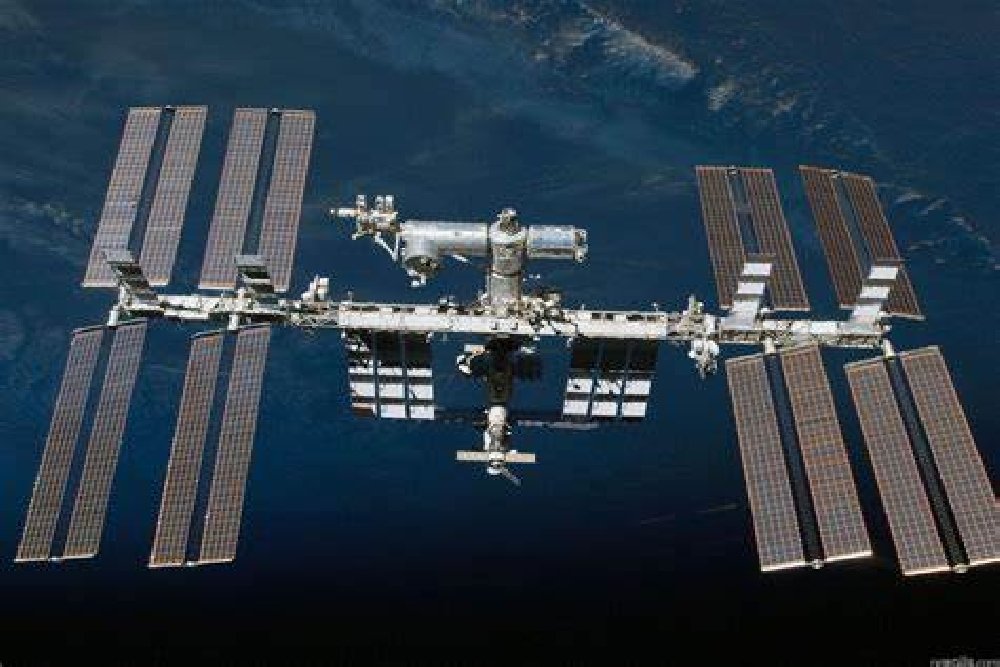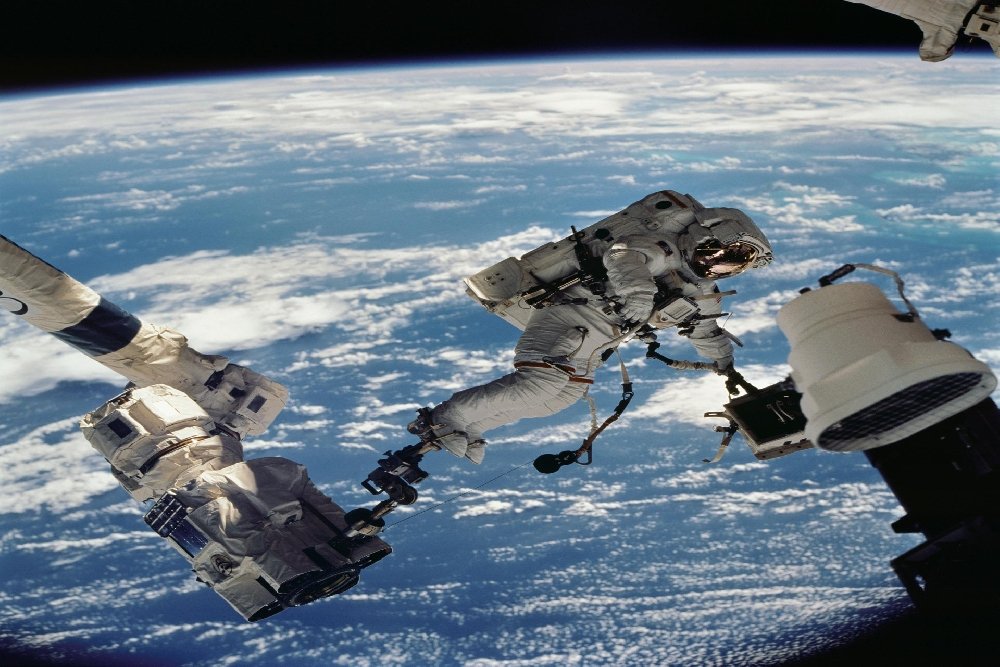
From time immemorial, human beings have ventured to explore the vast expanse of the world, enduring months of hardship at sea, in deserts, forests, and frozen terrains. In the last century, with the advent of technology, humanity aspired to explore space.
Yuri Gagarin made history as the first human to travel into space in 1961, and Neil Armstrong set foot on the Moon in 1969. Since then, countless space missions have followed. The prolonged stay of NASA astronauts Sunita Williams and Butch Wilmore,spending 286 days on the International Space Station (ISS),sparked public interest in space travel.
The concept of space stations gained momentum during the Cold War space race between the U.S. and the Soviet Union. The Soviet Union launched the first space station, Salyut 1, in 1971. Over the years, steady technological advancements led to the collaborative effort to launch the ISS, with Russia playing a key leadership role. The first module, Zarya, was launched by a Russian Proton Rocket in 1998. In the same year, the U.S. launched the Unity module aboard the Space Shuttle Endeavour. Subsequently, the European Space Agency (ESA), Japan, and Canada joined the venture, with contributions from 11 European countries. The ISS was completed in 2010. Due to U.S. restrictions, China was not allowed to participate in the ISS project, leading them to develop their own independent space station.
Contrary to popular belief, the ISS is an enormous structure, about the size of a football field, measuring 109 meters long, 75 meters wide, and weighing 420 tonnes. The ISS has a total interior volume of 932 cubic meters, with about two-thirds used for equipment and storage. It orbits Earth at a speed of 28,000 km/h (7.6 km per second), just at escape velocity. This means that the ISS remains in orbit without falling back to Earth. For comparison, Earth moves around the Sun at 108,000 km/h and spins on its axis at 1,670 km/h, but we do not feel these motions.
The ISS orbits Earth 16 times a day, requiring no additional energy to maintain its trajectory. Newton's First Law of motion is applicable, once the object or in this case ISS achieves 28000 km/hour speed. An object in mtion, willl continue to do so, until external force is applied to stop that motion. The speed of 28,000 km/h creates a sensation of weightlessness for astronauts inside. Despite common misconceptions, Earth's gravity is only 10% weaker at the ISS’s altitude of 400 km than at the planet’s surface. In terms of distances in cosmology, the comparable distance (400 km) between London and New Castle is very insignificant.
The ISS was assembled piece by piece, requiring multiple rocket launches to transport its various modules and equipment. Rockets achieve liftoff through massive thrust, burning tons of fuel. As they ascend, they drop empty fuel tanks to reduce weight. Instead of continuing straight up, rockets tilt and speed up horizontally to reach Low Earth Orbit (LEO) at 400 km altitude. The construction and maintenance of the ISS have required numerous rocket launches over the years.

Central Section: The core modules Zarya and Zvezda serve as the station’s backbone. This is where astronauts gather for work, research, and safety in case of emergencies such as fire or meteorite impact. Two standby spacecraft are always available for emergency evacuation, along with parachutes and medical provisions.
Sleeping Quarters: The ISS has multiple sleep stations where astronauts can rest. They can choose any available compartment.
Russian Modules: Includes Zarya, Zvezda, Pirs, and Nauka.
U.S. and International Modules: Includes Destiny, Quest, Columbus, Kibo, and modules from international partners.
Exercise Facilities: Located mainly in the Tranquility Module (Node 3) and Columbus Module.
The ISS receives water and food supplies from Earth via resupply spacecraft. Water is also recycled from urine, wastewater, and humidity condensation. Specially designed toilets use suction to evacuate human waste. Solid waste is collected in secure containers and periodically loaded onto cargo spacecraft, which then burn up in Earth's atmosphere upon re-entry. Oxygen is produced through electrolysis of water, while carbon dioxide is removed using carbon capture technology. Electricity is generated by the station’s extensive solar panels.
Astronauts exercise for at least two hours daily to maintain muscle and bone health in microgravity conditions. Their workouts include both cardiovascular and resistance exercises.
Astronauts follow a structured daily routine:
Wake-up Call & Medical Checks
Breakfast
Mission Briefing & Scheduled Tasks
Scientific Experiments & Equipment Maintenance
Exercise (2 hours)
Communication with Mission Control & System Monitoring
Debriefing, Free Time & Sleep
Docking: The process of connecting a spacecraft to the ISS requires precise coordination of velocity, trajectory, and altitude. The spacecraft initially enters Low Earth Orbit (LEO) at 200 km altitude (below the ISS at 400 km) and gradually maneuvers to match the station’s speed.
Undocking & Re-Entry: When astronauts return to Earth, their spacecraft undocks and lowers its orbit for re-entry into the atmosphere. As it descends, it encounters intense friction, generating temperatures of up to 1,500°C. The heat shield protects the capsule, while a plasma build-up causes a temporary blackout in radio communication. Astronauts experience forces 4-5 times Earth’s gravity during descent. Parachutes are released in the stratosphere (20-30km), and retro-rockets fire just before landing to slow the descent further. The entire de-orbit process takes approximately 50 minutes
So far, 289 astronauts have lived aboard the ISS. The station is set to be decommissioned by 2030, after which a new space station will be launched by the participating countries. Given that there have only been 6 successful Moon landing since 1969, the pace of progress in space exploration might seem relatively slow.
After this cosmic adventure, we’ve learned that life on the ISS isn’t all zero gravity and freeze-dried ice cream! So, the next time you are stuck in traffic or in tunnel in a tube train, at least you’re not orbiting Earth at 28,000 km/hour! - -
Comment Form